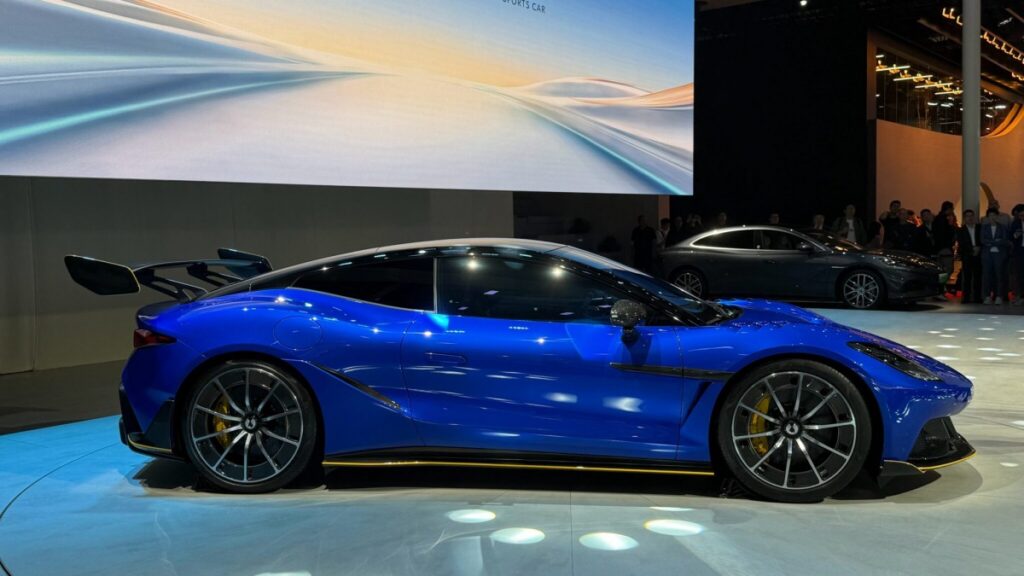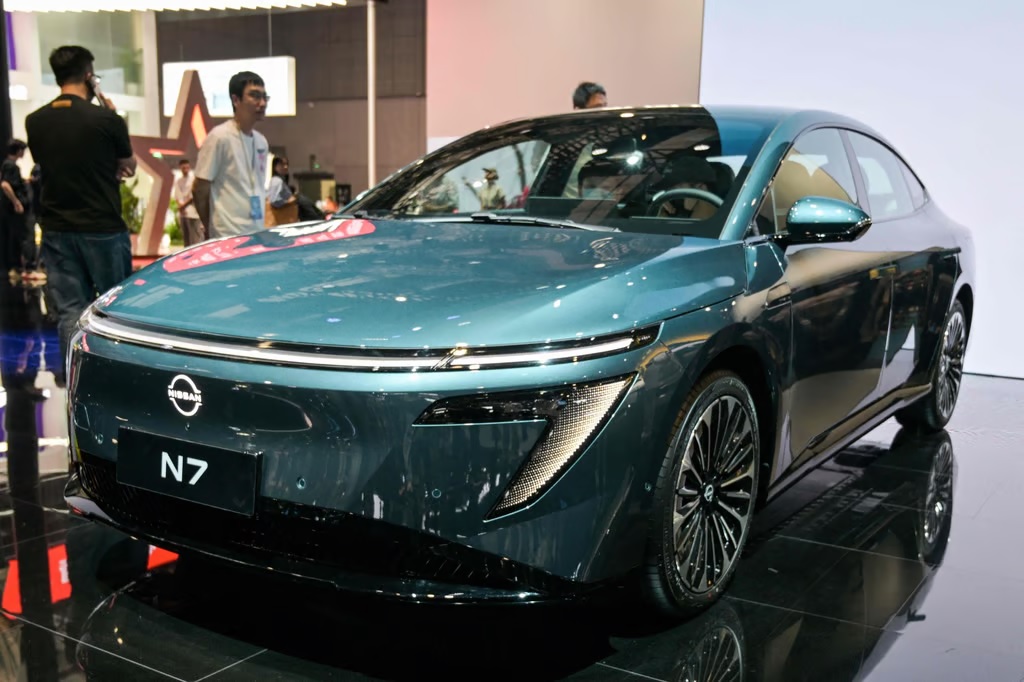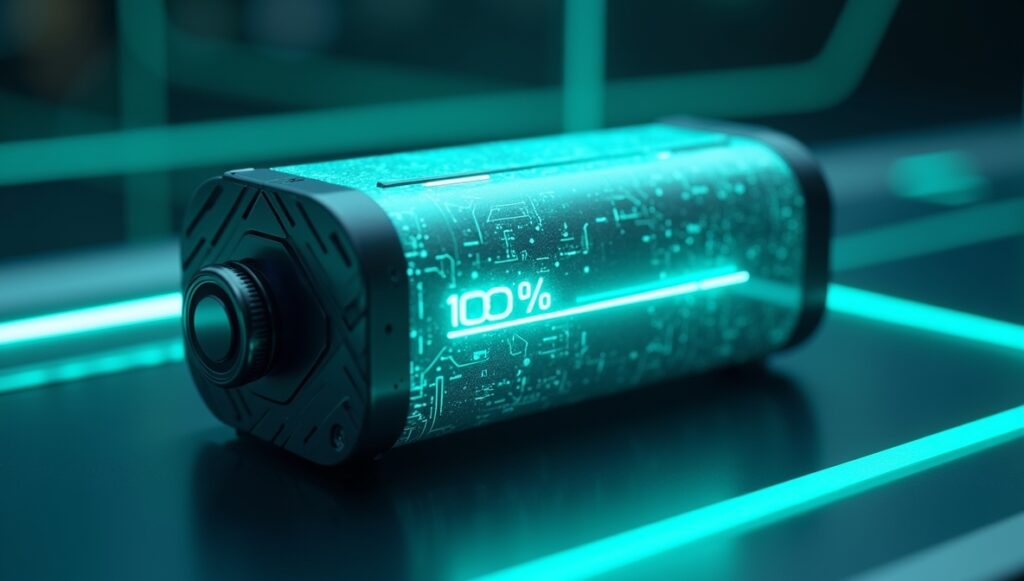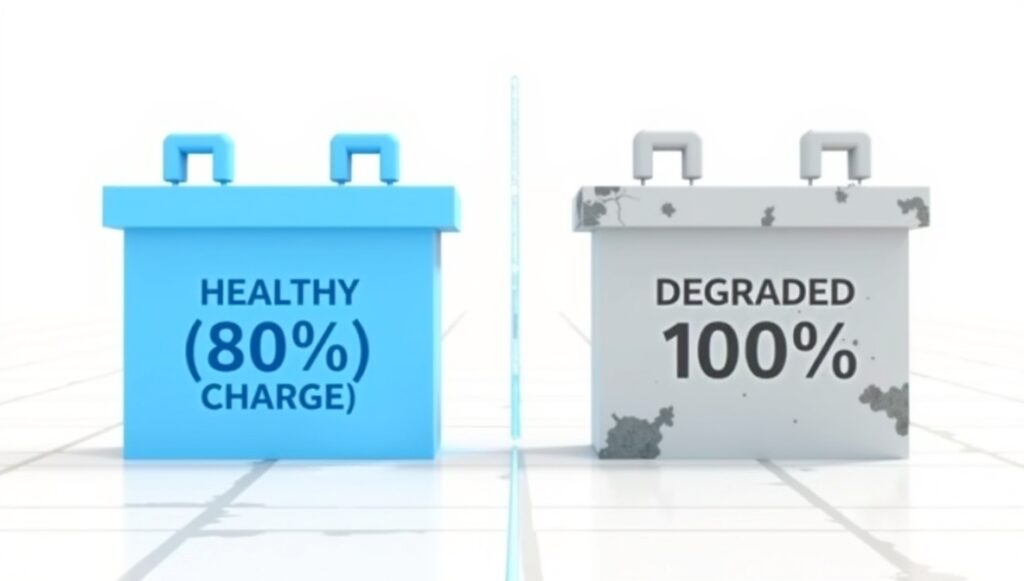
AI is revolutionizing electric vehicles (EVs). The Shanghai Auto Show 2025 proves how AI is Uplifting EVs. Find out the latest Shanghai 2025 Insights through cutting-edge innovations. The event runs from April 23 to May 2. It features 1,300 vehicles. In fact, about 70% are new energy vehicles (NEVs). AI technology is a major highlight. From robotaxis to fast chargers, AI makes EVs smarter. In addition, it benefits eco-travelers. At Green EV Life, we’re thrilled to share this. In this article, we’ll explore the latest AI trends at Shanghai 2025. Let’s see how they improve EVs for green travel.
AI Enhances Assisted Driving – BYD’s “God’s Eye” at Shanghai 2025
BYD is a leading EV maker in China. They showcased their “God’s Eye” tech at Shanghai Auto Show 2025. However, they were cautious. For instance, a Xiaomi SU7 crash in March 2025 led to a government crackdown. It targeted “autonomous” claims. As a result, BYD emphasized safety. The “God’s Eye” system uses AI. Specifically, it monitors roads in real time. Moreover, it adjusts speed and steering. Thus, this helps prevent accidents.

The tech relies on cameras and radar. In particular, AI creates a 360-degree view. It’s perfect for eco-travelers. For instance, you can drive safely on highways. Alternatively, explore scenic routes. It’s not fully autonomous. Nevertheless, it enhances safety. This aligns with new regulations. It’s a prime example of how AI is Uplifting EVs. On the other hand, what do you think of this safety tech?
AI Powers Level 4 Robotaxis – Pony.ai’s Breakthrough
Pony.ai made headlines at Shanghai Auto Show 2025. They unveiled a Level 4 robotaxi system. It uses vehicle-grade chips. Indeed, this is a world first. Furthermore, Level 4 means the car drives itself in cities. No human help is needed. This is huge for sustainable travel. Consequently, robotaxis reduce emissions. As a result, they promote shared electric transport.
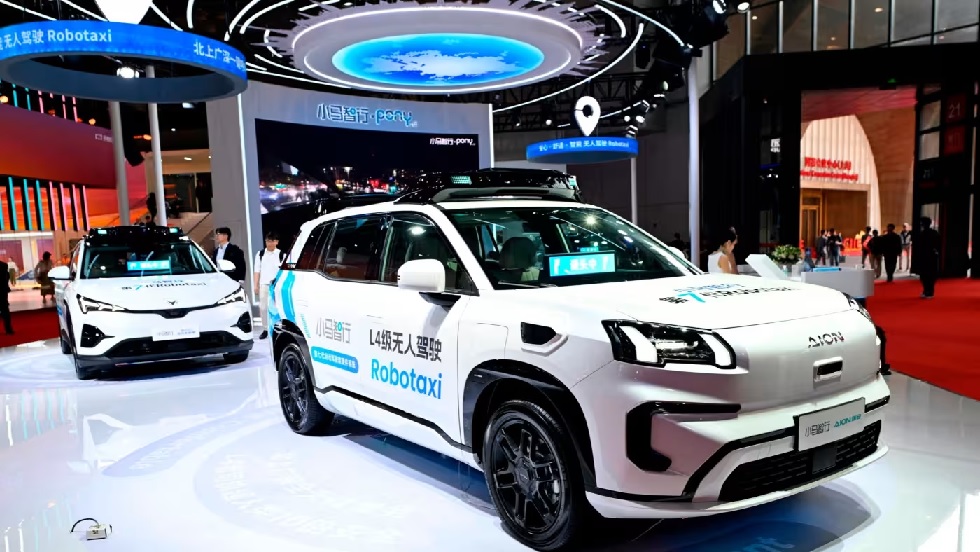
Pony.ai’s system uses AI to navigate. For example, it handles traffic lights. It also manages pedestrian crossings. The chips ensure safety. Thus, they make the system reliable. For eco-travelers, this is exciting. For instance, you can use a robotaxi in Shanghai. It’s a zero-emission ride. In addition, Pony.ai’s debut shows how AI is Uplifting EVs. AI and EVs can make cities greener. Would you try a robotaxi for your next city trip?
AI Improves Charging – Zeekr’s 1,200 kW Charger
Zeekr is a premium EV brand. They showed a 1,200 kW DC fast charger at Shanghai Auto Show 2025. It uses AI to charge smarter. Specifically, the AI checks battery health. It adjusts power delivery. Consequently, this ensures efficiency. Moreover, it speeds up charging. For eco-travelers, this is great. Meanwhile, you spend less time charging. As a result, you get more time to explore.
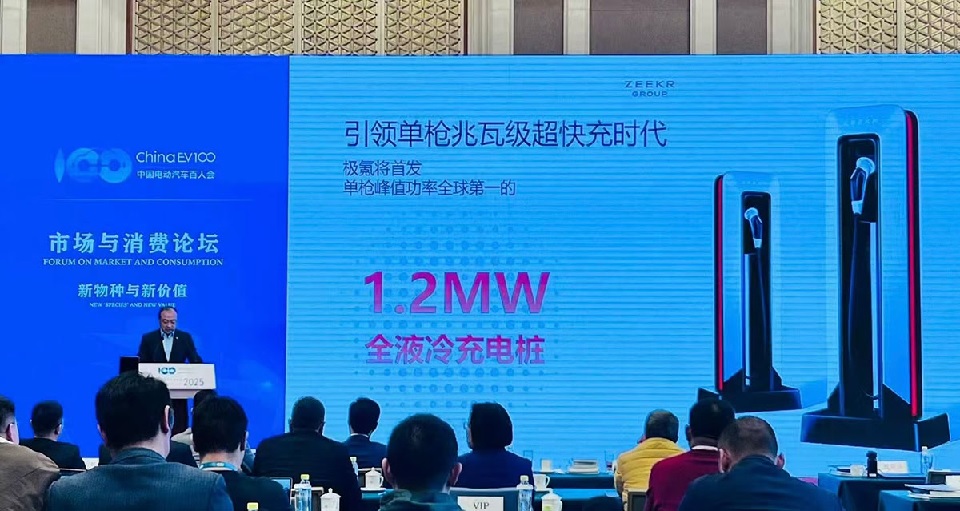
The charger adds range fast. In fact, it’s much better than standard 150–350 kW chargers. AI also predicts busy times. Thus, this helps you avoid crowds. Zeekr’s tech at Shanghai 2025 is a leap forward, showing how AI is Uplifting EVs. It makes EV charging quick and green. Thus, this supports long eco-trips. How much would faster charging improve your travels?
AI Enhances In-Cabin Features – Personalized Driving
Shanghai Auto Show 2025 highlighted in-cabin AI. It makes EVs more personal for eco-drivers. Many brands showed AI voice assistants. They also had adaptive displays. For example, climate control learns your preferences. Specifically, an AI might adjust the temperature. Or suggest a scenic route. It uses your past trips to decide.
These features save energy. For instance, climate control uses less power. Meanwhile, the ride feels better. For eco-travelers, this is a win. As a result, you get an efficient trip. It works for commutes or long adventures. What AI feature would you want in your EV?
Conclusion
Shanghai Auto Show 2025 proves AI’s impact on EVs. From BYD’s “God’s Eye” to Pony.ai’s robotaxis, AI is Uplifting EVs Latest Shanghai 2025 Insights to be smarter. Zeekr’s fast chargers also help. These trends support eco-travel. In fact, they make EVs greener. Furthermore, want to see new models? For instance, read our top 5 EV debuts at Shanghai Auto Show 2025. What AI feature excites you most? Comment below.


